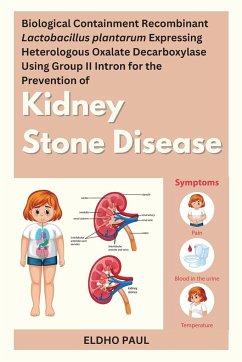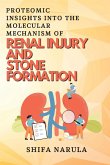Kidney stone disease is a common urological disorder with an estimated prevalence of 2-20% (Monga and Roudakova, 2014). The incidence of calculus disease is reported to be 12% in India and is high in the northwest and low in the south (Pendse and Singh, 1986; Bibilash et al., 2010; Sinha et al., 2011). The lifetime risk for kidney stone disease currently exceeds that of the general population, and its prevalence appears to increase steadily in both sexes (Stamatelou et al., 2003). Men are relatively more prone to renal stone disease than women, in the ratio of 2:1. Calcium oxalate (CaOx) is the most predominant type, comprising about 80% of the kidney stone population (Coe et al., 2005). Oxalate is a toxic and non-essential metabolic endproduct in humans, found in various foodstuffs such as spinach, mangold, rhubarb, sorrel, wheat bran, and cereals (Siener et al., 2006; Hönow et al., 2010). Under normal conditions, most of the oxalate in the body is excreted by the human excretory system. Hyperoxaluria is a condition that is associated with increased urinary excretion of oxalate (>40 mg/day) and is an important risk factor for CaOx nephrolithiasis. Hyperoxaluria is classified into primary and secondary forms. Primary hyperoxaluria results from endogenous overproduction of oxalic acid due to inherited hepatic enzyme deficiency, and secondary hyperoxaluria is due to increased intestinal oxalate absorption, excessive intake of oxalate precursors, and alteration in intestinal microflora (Ermer et al., 2016). Urinary excretion of oxalate is mainly due to increased intestinal oxalate absorption from the diet and increased endogenous production from metabolically-generated precursors. Dietary oxalate accounts for approximately 50% of urinary oxalate excretion (Holmes et al., 2001). Furthermore, hyperoxaluria is a frequent complication of inflammatory bowel diseases, ileal resection, and gastric bypass surgery.








